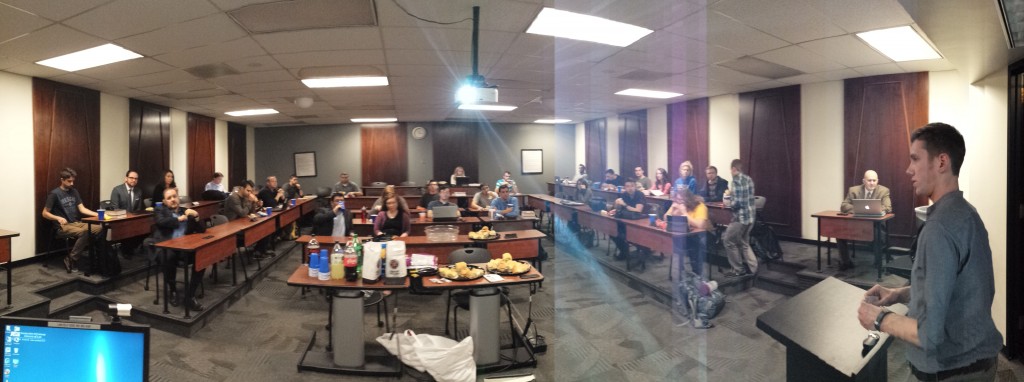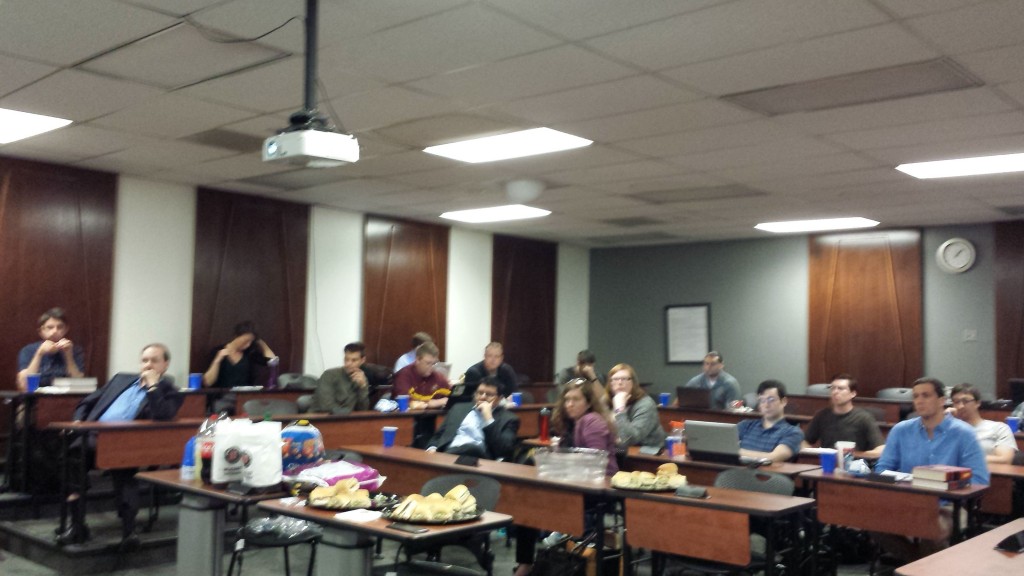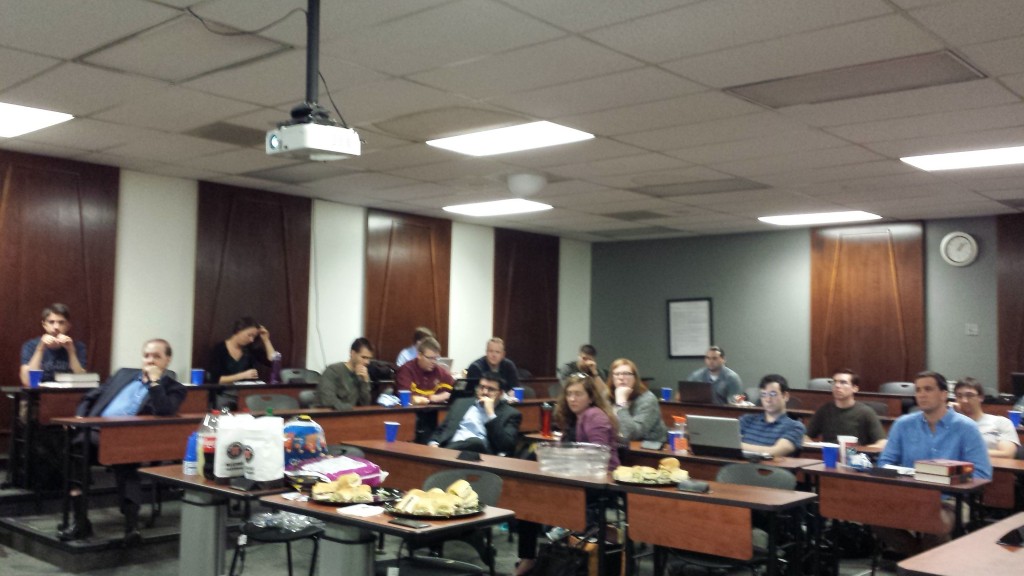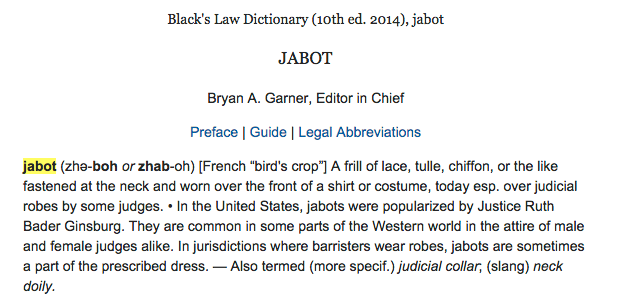At my school, we separate Property into two classes. Property II focuses entirely on land use, zoning, takings, and other mechanisms by which government (mostly in the 20th century) has passed a panoply of rules to regulate how property is utilized. Property I, in contrast, is almost entirely based on private land use–that is, private arrangements individuals make with other individuals about how best to use their property. This includes everything from the dreaded present and future interests, to easements and covenants.
I like to draw this distinction out between the classes to the students to stress that, for most of the last millennium, individuals were able to arrange their property transactions without much interference from the government. This is a striking, and challenging concepts, especially in the midst of other First Year classes where they have to memorize the nuances of the UCC or Restatement or Model Penal Code.
Part of this understanding, of course, is that much of earlier property law was based on customs. Remember the dissent in the fox hunting case (Pierson v. Post) or the whaling case (Ghen v. Rich)? The courts there would have decided the case baseds on how the customs at the times treated the acquisition of those property rights. For Pierson, reward the hunter with the hounds, even though some interloper got there first. For Ghen, rewards the hunter who managed to shoot his harpoon through the wall, even though someone else go tit first.
And why did these groups arrive at these customs? In short, to ensure there was no race to the bottom (overhunting) and to make sure incentives existed for others to hunt. If everyone hunted to their hearts content, the population would dwindle. Demsetz wrote about how the Indian fur traders would mark off certain areas of the forest, to signify to other tribes that they were hunting here. This was a mechanism of population control so there wouldn’t be depopulation. I stress to my students that, believe it or not, private groups can find ways to arrange their hunting to promote resources. And contrary to what Chief Justice Marshall wrote in Johnson v. M’Intosh, and Locke speculated, the American Indians had very sophisticated property regimes (see here, here, and here).
I often use these cases as a segue into the topic of endangered species. Invariably, one student (usually from somewhere in Louisiana) will tell me that some random endangered bug (snail darter?) was found on her farm, or another student says his swamp was designated as a wetland. In both cases, the value of their fee simple was diminished almost entirely. (The other day one student told me they just partitioned off the protected part of the land and sold the rest). As alternatives to environmental regulations aimed at promoting species growth, I return to the idea of using property rights to promote this goal.
This brings me to a recent editorial in the Times, titled “A Trophy Hunt That’s Good for Rhinos.” In short, by auctioning off the right to hunt a black rhino for $350,000, Namibia has acquired enough money to care for other Rhinos, and has *increased* the population of these animals.
Let’s also accept, nolo contendere, that trophy hunters are “coldhearted, soulless zombies.” That’s how protesters put it following the recent $350,000 winning bid for the right to trophy hunt a black rhino in Namibia. Let’s acknowledge, finally, that we are in the middle of a horrific global war on rhinos, managed by criminal gangs and driven by a perverse consumer appetite for rhino horn in Southeast Asia.
Even so, auctioning the right to kill a black rhino in Namibia is an entirely sound idea, good for conservation and good for rhinos in particular.
In Namibia, the government turned the rhinos over to former poachers, who now sell the rights to hunt them!
But Namibia’s success is also the product of a bold political decision in the 1990s to turn over ownership of the wildlife to communal conservancies — run not by white do-gooders, but by black ranchers and herders, some of whom had, until then, also been poachers.
The idea was to encourage villagers living side by side with wildlife to manage and profit from it by opening up their conservation lands to wealthy big-game hunters and tourists armed with cameras. The hunters come first, because the conservancies don’t need to make any investment to attract them. Tourist lodges are costly, so they tend to come later, or prove impractical in some areas. The Ministry of Environment and Tourism sets limits on all hunting, and because rhino horn is such a precious commodity, rhinos remain under strict national control.
This eliminates the black market, and strikingly, has led to increasing their populations due to more incentives to care from the population. Now the former poachers are protecting against actual poachers.
The theory behind the conservancy idea was that tolerance for wildlife would increase and poaching would dwindle, because community ownership made the illegal killing feel like stealing from the neighbors. And it has worked. Community conservancies now control almost 20 percent of Namibia — 44 percent of the country enjoys some form of conservation protection — and wildlife numbers have soared. The mountain zebra population, for instance, has increased to 27,000 from 1,000 in 1982. Elephants, gunned down elsewhere for their ivory, have gone to 20,000, up from 15,000 in 1995. Lions, on the brink of extinction from Senegal to Kenya, are increasing in Namibia.
By auctioning off these rights, now hunters *pay* for these animals, and save others.
Under an international agreement on trade in endangered species, Namibia can sell hunting rights for as many as five black rhinos per year, though it generally stops at three. The entire trophy fee, in this case $350,000, goes into a trust fund that supports rhino conservation efforts. The fund pays, for instance, to capture rhinos and implant transmitters in their horns, as an anti-poaching measure. Trophy hunting one rhino may thus save many others from being butchered.
And the wildlife experts can choose which animals are slaughtered–usually the violent ones.
Many wildlife groups also support the program because Namibia manages it so carefully. It chooses which individual will be hunted, and wildlife officials go along to make sure the hunter gets the right one. (So much for the romance of the Great White Hunter.) The program targets older males past their breeding prime. They’re typically belligerent individuals that have a territorial tendency to kill females and calves.
I’ve heard other stories about how species of endangered turtle were saved by allowing people to eat them. Once the profits existed, enterprise started to take care of them to make sure the population didn’t plummet. I joke with my students is that the best way to save a resource is to kill it–this applies to animals, trees, anything else. Resources that can’t be used will have less incentives to be protected.
None of this is to say the free market is perfectly suited to protect endangered species, or that the Coase Theorem always sorts of property rights accurately. But it is important to stress to students, especially first years, that government is not always the only option.




